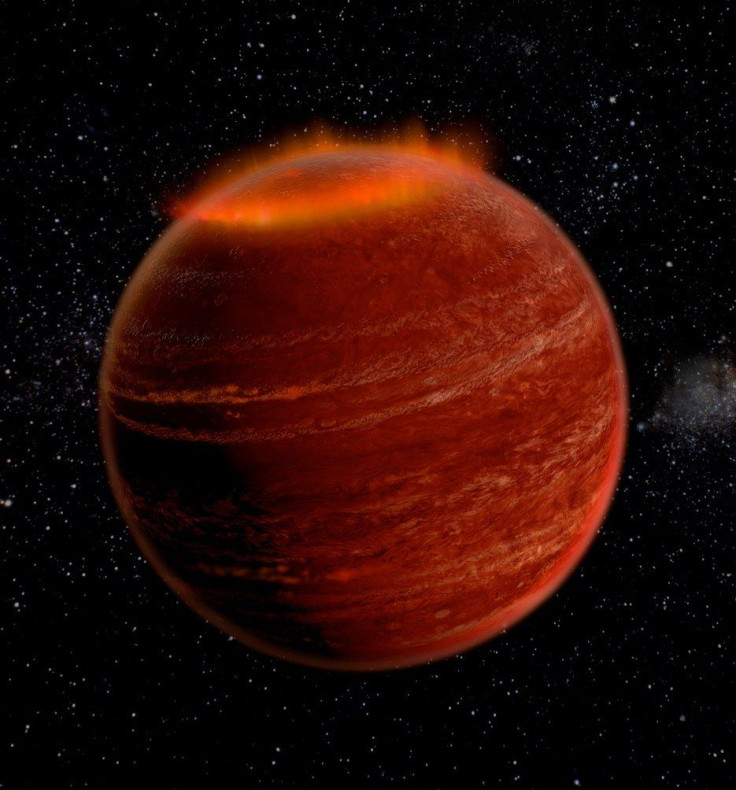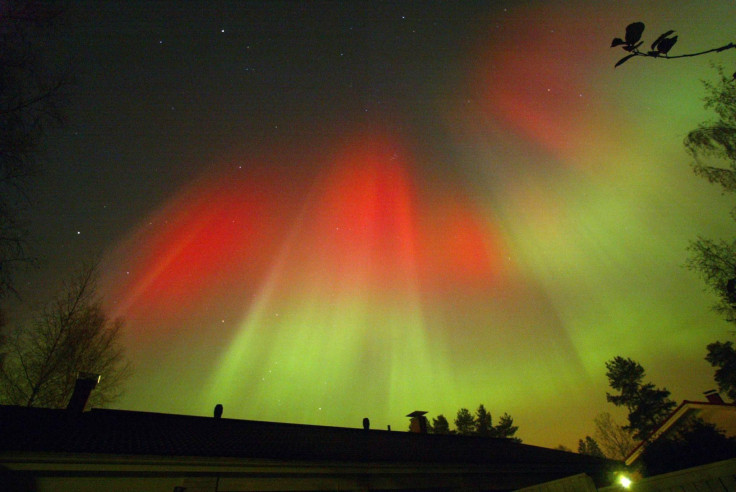Alien Aurora On A Brown Dwarf Is The First To Be Seen Outside Our Solar System

On Earth, the northern and southern lights -- the Aurora Borealis and Aurora Australis -- are occasionally seen in high-altitude regions when charged solar particles excite atoms in the planet’s atmosphere. Now, for the first time ever, scientists have detected this spectacular light display outside our solar system.
The alien aurora -- a million times brighter than any on Earth -- was detected on a brown dwarf 20 light-years away in the constellation Lyra. Although brown dwarfs are technically stars, they are much cooler than main sequence stars and behave more like planets.
“We're finding that brown dwarfs are not like small stars in terms of their magnetic activity; they’re like giant planets with hugely powerful auroras,” Gregg Hallinan, assistant professor of astronomy at the California Institute of Technology, who led the study, said, in a statement released Wednesday.
“If you were able to stand on the surface of the brown dwarf we observed -- something you could never do because of its extremely hot temperatures and crushing surface gravity -- you would sometimes be treated to a fantastic light show courtesy of auroras hundreds of thousands of times more powerful than any detected in our solar system.”

Terrestrial aurorae are produced when charged particles, carried by solar winds, enter Earth’s magnetosphere -- a region of space formed by the interaction between stellar winds and the planet’s magnetic field. Once within the magnetosphere, Earth’s magnetic field lines direct the charged particles toward its poles, where they collide with gas atoms in the atmosphere and produce the bright emissions associated with auroras. Oxygen, for instance, produces the green colors in an aurora while nitrogen causes blue or red colors.
However, unlike aurorae formed on Earth and a few other planets in our solar system -- Jupiter, Saturn and Uranus -- the light display on the brown dwarf LSRJ 1835+3259 is not triggered by stellar winds, as there are no such winds in the region.
Scientists believe that the brown dwarf’s aurora might be the result of a current generated by the passage of an orbiting planet through the former’s magnetosphere or a product of electrons being stripped off the surface of the star itself.
“But until we map the aurora accurately, we won't be able to say where it's coming from,” Hallinan said, in the statement.
© Copyright IBTimes 2024. All rights reserved.






















